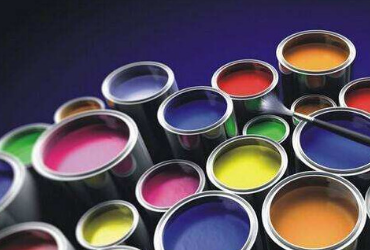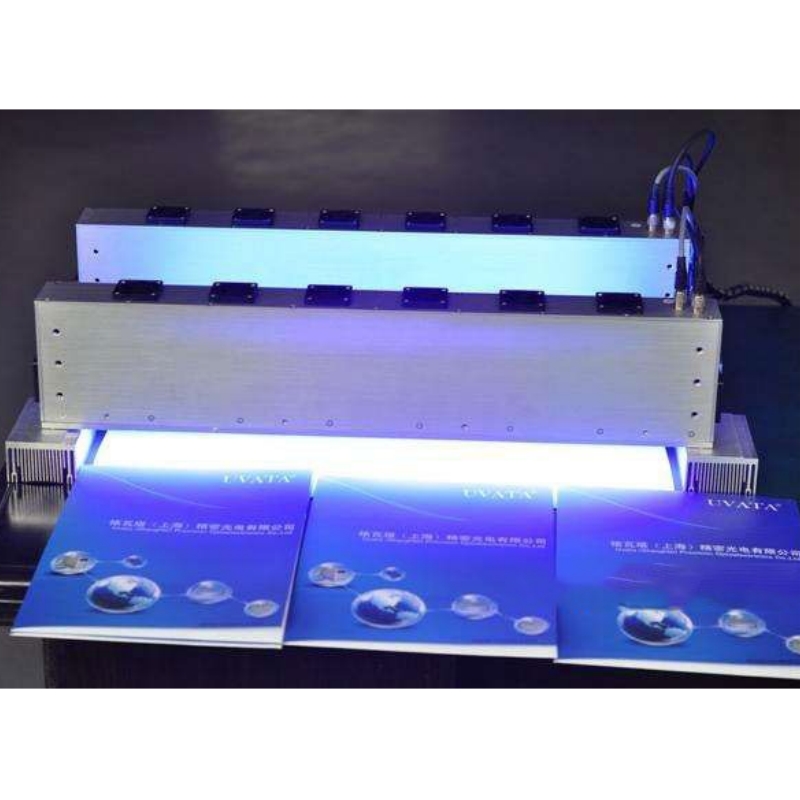Flexographic printing is a printing process that has developed rapidly in recent years. The graphic part of the printing plate is higher than the non-graphic part, and it is flexible, which can better express the subtle levels and outlines of the graphic part. In addition, it is suitable for a wide range of printing materials. In addition to traditional paper, some non-absorbent printing materials, such as plastic films, aluminum foil composite paper, cellophane, etc., can also be printed by flexographic printing.
When using UV inks for flexographic printing, in addition to coloring, curing and adhesion, attention must also be paid to the influence of ink components on ink viscosity and rheology in order to obtain better printing suitability and stability.
The flexographic printing process determines that the UV ink used should not have a high viscosity. There are two kinds of traditional flexographic printing inks: solvent-based and water-based. A large amount of solvent or water is needed to adjust the viscosity. Due to the use of a large amount of solvent, most flexographic printing inks are similar to Newtonian fluids in terms of rheology, which will lead to ink sedimentation and instability. , so giving flexographic printing inks proper thixotropy can prevent pigment flocculation and sedimentation.
UV flexographic printing ink uses active diluent to reduce the viscosity of the system, so its viscosity may be higher than that of solvent-based flexographic printing ink as a whole. Although the viscosity of UV flexographic printing inks is lower than that of screen printing and offset printing inks, the addition of pigments will increase the viscosity, especially when the wetting, dispersion and stability of the pigments are not handled well. In addition, the influence of pigments on ink rheology is more important, and proper thixotropy is beneficial. This is because when the molecular crosslinking inside the ink reaches a certain degree and pseudoplasticity occurs, the ink system without pigment dispersion stabilizer, in the On the ink roller running at high speed, the viscosity will drop sharply, but when it leaves the ink roller and enters the printing part with a relatively low speed, the viscosity will rise rapidly, and the wetting effect on the surface of the substrate is too poor, so it is not suitable for printing. The ink containing a suitable dispersion stabilizer has a certain degree of stability, and its own viscosity is not high. After high shear, the viscosity rises slowly, and the printing adaptability is better.
#flexoprinting #UVink #varnish #rawmaterials #manufacturing #uvresin #monomers #photoinitiators #additives


2022-08-03




2025-01-06